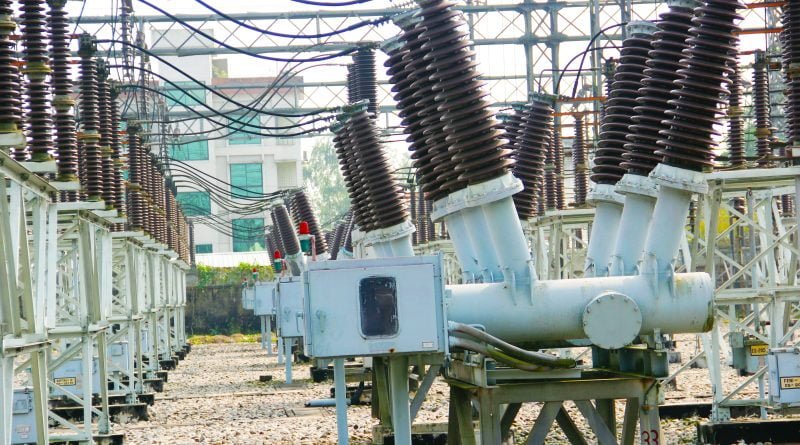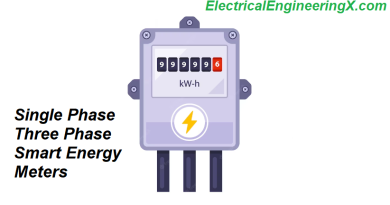Introduction to Transformers, Working, Types and Applications
Introduction to Transformers, Working, Types and Applications
Look around any neighborhood, and you’ll see familiar pole-mounted transformers bringing electricity to homes and buildings. But what exactly are these mysterious devices? How do they work their electrical magic?
In this guide, we’ll shed light on what transformers are, how they operate, different types, and their many applications – no advanced electrical engineering degree is required! By the end, you’ll have a solid grasp of these critical components that make our electrified world possible. Let’s get started!
What is a Transformer?
A transformer is a device that transfers electrical energy from one circuit to another through electromagnetic induction. It doesn’t generate or use electricity; it transforms the voltage and current for valuable purposes.
Transformers consist of two sets of coiled wires wrapped around an iron core called primary and secondary windings. The primary winding connects to the input voltage source. The secondary winding connects to the electrical load.
By transforming voltage, current, and impedance levels between circuits, transformers allow efficient power transmission and powering of devices. They are ubiquitous in electrical grids and electronic devices.
How Do Transformers Work?
Transformers operate based on the physics principle of electromagnetic induction between the paired windings. Here’s a simplified overview:
- An AC voltage applied to the primary winding creates an alternating magnetic field in the core.
- This changing magnetic field induces a voltage in the secondary winding through electromagnetic induction.
- The induced voltage drives output current flow to the load.
- The transformer turns ratio between the two windings sets the transformation voltage ratio. More secondary winding turns result in higher output voltages.
- Transformers only work with AC signals since a changing magnetic field is required. They do not work for DC.
- The core is made of iron to channel and concentrate magnetic flux efficiently between windings.
And there you have it – by leveraging magnetic fields, transformers easily increase or decrease AC voltage and current levels!
Types of Transformers
While all transformers operate on the same basic principles, they can be categorized into different types:
By Function
- Step-Up– Increase voltage, decrease current
- Step-Down– Decrease voltage, increase current
By Design
- Core– Iron core with windings wrapped around it
- Shell-Windings enclose a hollow core
- Autotransformer– Single winding acts as both primary and secondary
By Cooling
- Oil-Cooled– Windings immersed in oil insulation
- Air-Cooled– Rely on air circulation for cooling
By Number of Phases
- Single-Phase– One set of windings
- Three-Phase– Three sets of windings with magnetic coupling
By Application
- Power– Very large units for bulk power transmission
- Distribution– Pole-mounted transformers seen in neighborhoods
- Audio– Used in amplifiers and loudspeakers
- Instrument– Allows measuring high voltage/current circuits
Transformers come in many flavors to suit different voltage, power, and application requirements!
Key Transformer Applications
Thanks to their voltage-transforming abilities, transformers play indispensable roles across electrical engineering:
- Power Transmission– Step voltages up and down for efficient long-distance transmission and safe utilization.
- Power Supplies– Provide appropriate voltages to run electronic circuits and devices.
- Impedance Matching– Audio transformers match amplifiers and speakers for maximum power transfer.
- Isolation– Block transmission of signals between isolated circuits to prevent interference.
- Noise Filtering– Remove unwanted noise frequencies disrupting signals.
- Measurement– Instrument transformers allow measuring high voltage/current values safely.
- Safety– Isolate patients from electrical supply during medical treatments.
Transformers truly are the unsung heroes of electrical engineering, making so many applications possible!
The Working Principle of Transformers
While transformers may seem mysterious, their underlying working principle is straightforward:
- An alternating current applied to the primary winding creates a changing magnetic field in the core.
- This changing field induces a voltage in the secondary winding through electromagnetic induction.
- The turn ratio between the windings transforms the voltage up or down per the application need.
So, in summary, transformers operate based on magnetic induction between two AC circuits linked by a common core. Simple, but profoundly beneficial!
Conclusion: An Essential Electrical Component
From allowing long-distance transmission to powering phones, transformers play a pivotal role in electrical grids, electronics, and appliances. Their ability to efficiently transform AC voltage and current levels unlocks countless applications.
Hopefully, this guide has shed some light on demystifying these often overlooked but essential electrical components! Next time you pass by a utility pole, you’ll know exactly what that familiar gray can perch on it is doing – quietly powering our electrified world.




